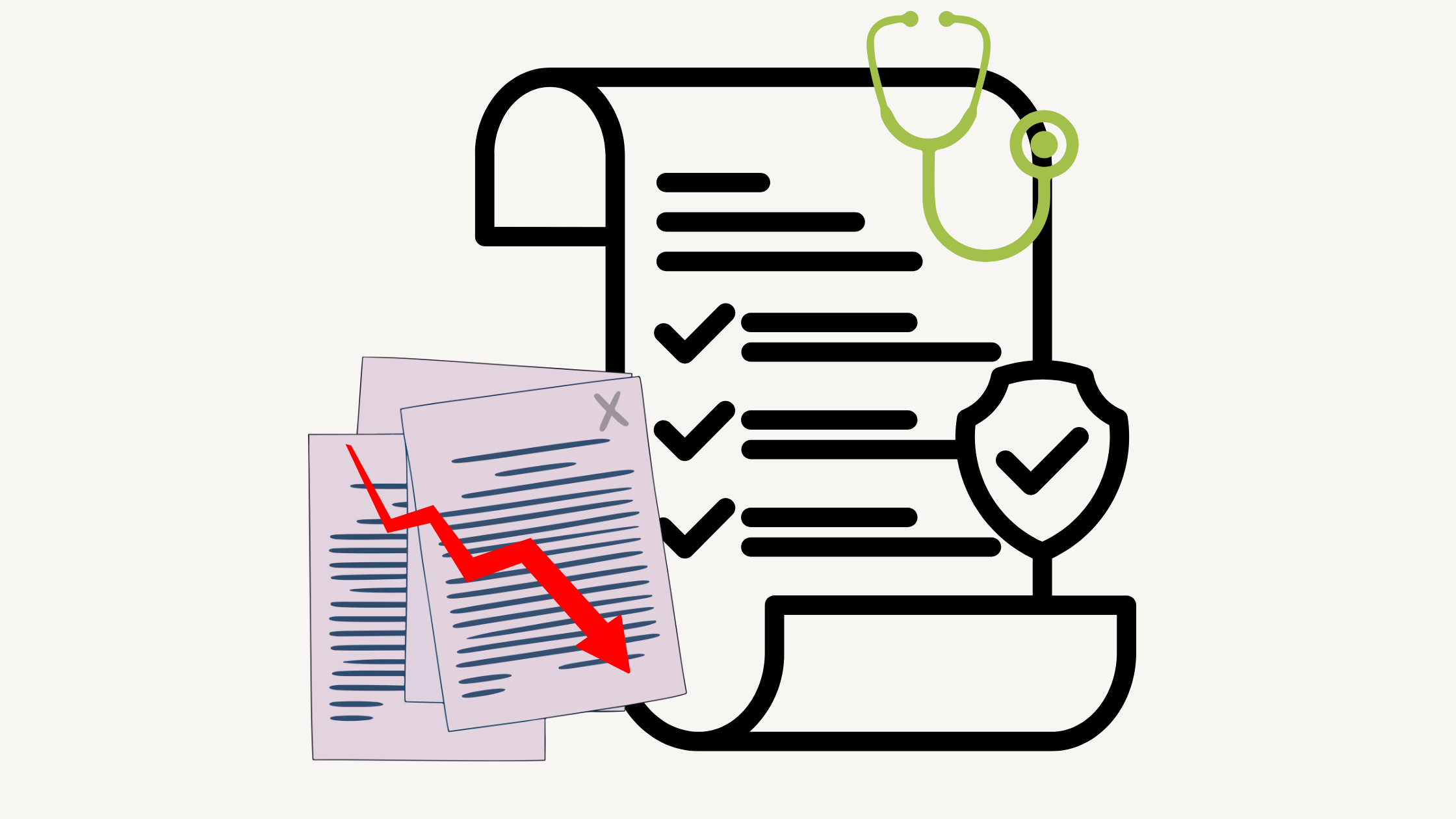Three rural clinics in Virginia recently closed after the OBBBA reshaped Medicaid funding — and with it, the financial stability of small healthcare providers. The company that operated the clinics said the law made it impossible to keep rural care financially sustainable.
But it’s not just Virginia. Hospitals across the country are feeling the impact of these cuts. It’s already difficult for them to receive full reimbursement for the care they provide, and these new changes will only make it harder. The American Hospital Association identifies inadequate reimbursement — or underpayments — as one of the most significant financial pressures facing U.S. hospitals.
In 2023 alone, Medicare and Medicaid underpaid hospitals by more than $100 billion, leaving facilities to absorb the difference.
The Core Problem: Systemic Underpayments in Healthcare
The root issue with underpayments is that they aren’t isolated billing mistakes; they’re a structural issue at the heart of healthcare finance. They occur when hospitals and health systems are reimbursed below the cost of care or less than what payer contracts require. According to the American Hospital Association, insurers cover only about 83 cents for every dollar spent, creating a large and unsustainable gap.
Why Hospital Underpayments Occur
Complex Payer Contracts
Contracts are a major culprit: long, technical agreements that vary by service, patient type, and insurer. Each payer defines coverage and reimbursement differently, leaving finance and revenue teams to deal with inconsistent terms and exceptions.
Coding Inconsistencies
Finance teams must navigate CPT, ICD-10, and HCPCS codes — a process that's both time-consuming and prone to human error, especially when insurers interpret coding or documentation differently.
Manual Reconciliation
Cross-referencing payer contracts against EHR data is difficult even for experienced staff, particularly when dealing with complex, scattered data. The result: claims are denied, downcoded, or paid inaccurately, often without detection until much later.
The Impacts of Hospital Underpayments
When reimbursements fall short, hospitals struggle to cover everyday expenses, from staff salaries to vendor bills. Administrative teams are then forced to spend valuable time chasing lost revenue and fighting denials, depleting even more resources.
Appeals processes consume even more resources, with roughly 30% of hospital revenue tied up in adjudication or dispute resolution at any given time.
That means millions of dollars are delayed while claims are being reviewed or contested. Smaller and rural hospitals, already operating on razor-thin margins, are hit hardest; for them, even minor underpayment rates and delays can push operations toward financial distress.
How Hospitals Can Address Underpayments
Hospitals don’t have to accept underpayments as inevitable. With the right strategies and tools, they can recover lost revenue, reduce claim denials, and strengthen financial stability.
1. Upgrade Billing Processes
Implement a centralized, modern billing system that automatically reconciles claims against payer contracts to eliminate manual errors, coding inaccuracies, and underpayments.
2. Improve Contract Visibility With Payer Contract Intelligence
Use payer contract intelligence tools to track contract terms, reimbursement rules, and fee schedules in real time, catching discrepancies before payments are delayed.
3. Automate and Strengthen Appeals
Denied or downcoded claims don’t have to mean permanent losses. Leverage automated appeals tools to generate accurate, policy-based letters quickly — reclaiming lost revenue and speeding up reimbursements.
4. Use Analytics to Identify and Prevent Risk
Deploy analytics to identify underpayment patterns and flag high-risk claims early, preventing revenue loss and systemic errors.
Underpayments aren’t a back-office nuisance — they represent a systemic drain on hospital stability. By implementing these strategies, however, hospitals can reduce underpayments, recover lost revenue, and strengthen the financial foundation to keep their essential services open.
Don’t let preventable billing errors drain your hospital’s revenue. Find out how our solutions prevent underpayments and protect your financial stability.





